GSSA and allies win salmon victory in federal court case to limit Delta pumping
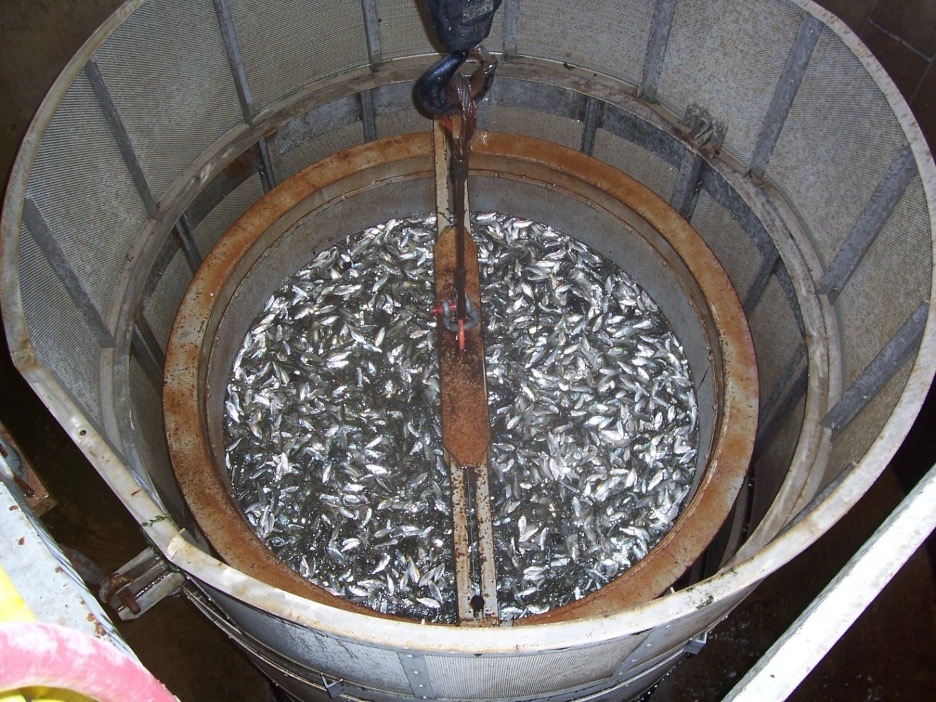
On May 11, GSSA and allies won a major federal court ruling against the federal government forcing it to cut excessive water diversion and Delta pumping because of the extreme environmental damage they were causing to salmon and other wildlife.
The victory certainly reduced the number of dead salmon killed at the Delta pumps.
The new federal water plan being sued over allows boosted water diversions from salmon rivers in northern California and the Delta by 600,000 acre feet at a time when the state and multiple scientific agencies documented the need to reduce such diversions to maintain salmon and other native wildlife.
Last July the National Marine Fisheries Service (NMFS) scientists rejected the pumping and diversion plan because of the harm it would do to salmon and other wildlife. Their warnings were ignored.
GSSA and allies also asked the court to restrict the federal agency operating Shasta Dam from releasing too much cold water from Lake Shasta this spring and summer because that water will be needed later in the year to help adult salmon successfully spawn. We expect a decision from the court on this issue soon.
The other groups joining GSSA in the court case are Defenders of Wildlife, the Natural Resources Defense Council, The Bay Institute, the Pacific Coast Federation of Fishermen’s Associations and Institute for Fisheries Research. Legal representation is being provided pro bono by Altshuler Berzon LLP.
GSSA acts to trim overly aggressive state water diversions
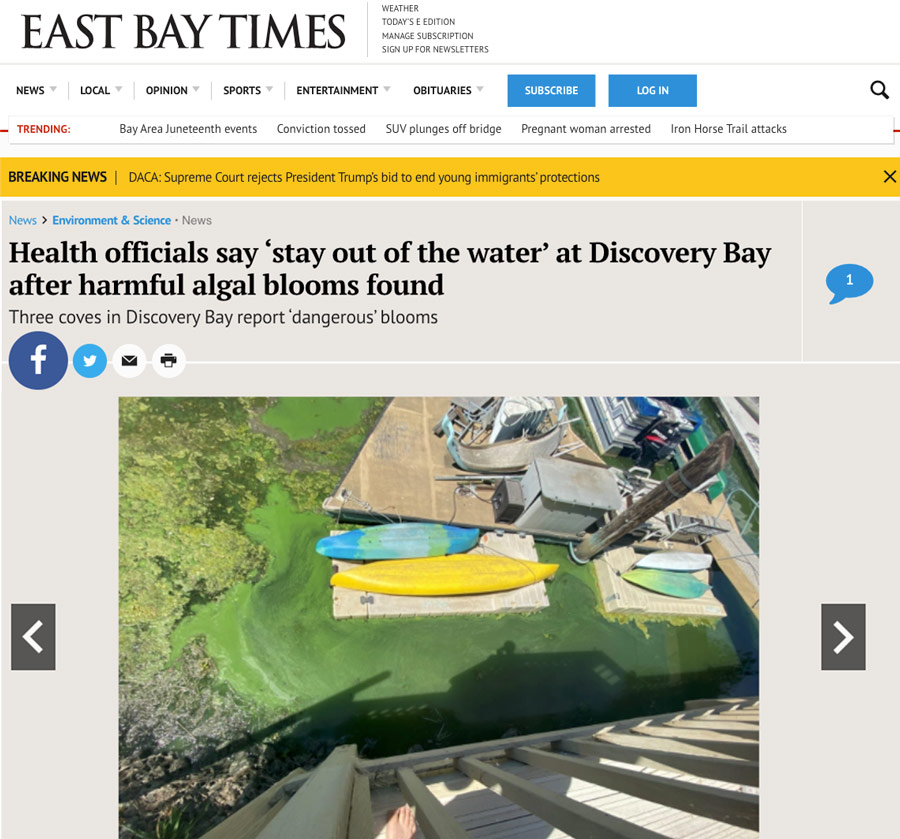
GSSA and allied groups have gone to state court challenging a permit the California Dept. of Fish and Wildlife issued the state Dept. of Water Resources allowing aggressive diversion and pumping of water from the Delta. GSSA acted because of the harm the new, lax, pumping rules pose to salmon and other native fish. The pumping permit violates the California Endangered Species Act (CESA) and the CA Environmental Quality Act (CEQA), according to the lawsuit.
Like the newly implemented federal pumping rules, the state permit allows for boosted water diversions from the Delta at a time when the state and multiple scientific agencies have documented the need to reduce diversions to maintain salmon and other native wildlife. The state permit also ignores harm caused by State Water Project’s operations upstream of the Delta, including operation of Oroville Dam and damage to the lower Feather River.
A key element to be decided by the court is whether the permit must ensure that salmon and other vulnerable species in the Bay-Delta system are fully protected, or whether the state can simply mitigate for the proportion of water it moves and ignore the harm being done at the nearby massive federal pumps. The federal Bureau of Reclamation, which operates the federal dams, canals and pumps has refused to mitigate for its damage, as required by the California Endangered Species Act. The GSSA lawsuit contends that CESA does not allow the California Department of Fish and Wildlife to ignore the damage being done by the federal water project.
One hoped for outcome would be a court order requiring the federal government to finally and fully comply with California’s state Endangered Species Act, something the feds claim immunity from. We believe state and federal law clearly require this but this issue has never been resolved by a court.
GSSA and conservation groups engaged extensively with the State while the permit was under development and made their concerns known at every opportunity, all to little avail. .
The other groups joining GSSA in the lawsuit are Defenders of Wildlife, the Natural Resources Defense Council, The Bay Institute and SF Baykeeper. Legal representation is being provided pro bono by Stanford Law Clinic.
Stop killing “excess” hatchery fish
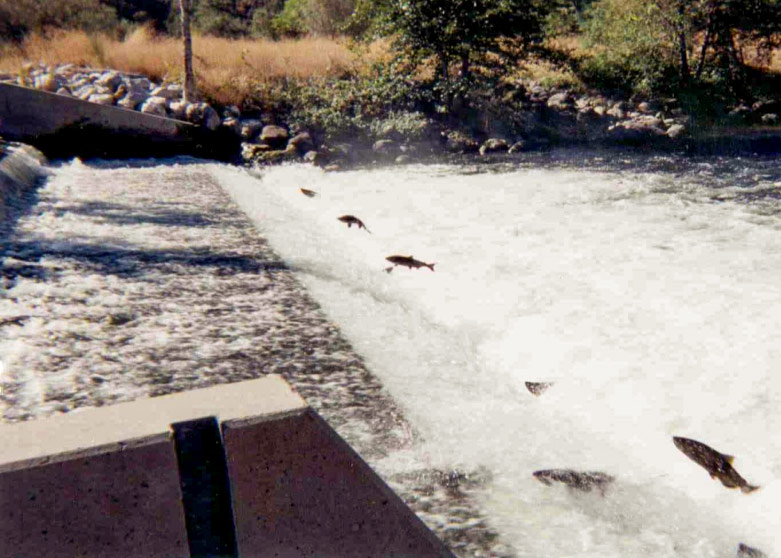
Hatchery managers at both the Feather River and Coleman fish hatcheries kill adult salmon when their numbers exceed what the managers consider good for their river or creek system.
In the case of the Feather River hatchery, tens of thousands of “excess” fish are yanked out of the river and killed so they don’t dig up the nests of protected spring run salmon that spawn in the small section of river cold enough to spawn in. Long term, the plan is to build a barrier across the Feather and allow the spring run to pass upstream and force the “excess” fall run to make do downstream. Only problem is, right now, the water downstream of where this barrier would be placed is mostly too hot to support successful spawning. That’s why GSSA is working with the state to address the hot water problem, and we’re making headway. The hot water is caused by the way the state built the power generating facilities downstream of the Oroville Dam in 1967. It’s been a major victory for GSSA just to get the state to admit it blew it in the original design and take responsibility to fix this. We’ll have a lot more to say about this at a later date.
On Battle Creek, a major tributary flowing from the northern Sierras into the Sacramento River, the Coleman hatchery occasionally kills “excess” returning hatchery adult salmon. This happens when returns to Battle Creek exceed about 40,000 fish. The tragedy here is that more of Battle Creek could be available to allow these fish to spawn upstream but for the barrier blocking fish at the hatchery and the decision to only allow certain protected species of salmon to pass this barrier. GSSA thinks there could be a solution by moving this segregation barrieer further upstream. This could still allow protected runs of salmon and steelhead to access exclusive, reserved waters even further upstream on Battle Creek while opening up additional miles of spawning grounds for fish that are occasionally being killed now because they’re considered “excess”.
GSSA is working on both of these killing zones and hopes to have more updates soon.
Late springs rains in Central Valley, belated NW winds on the ocean
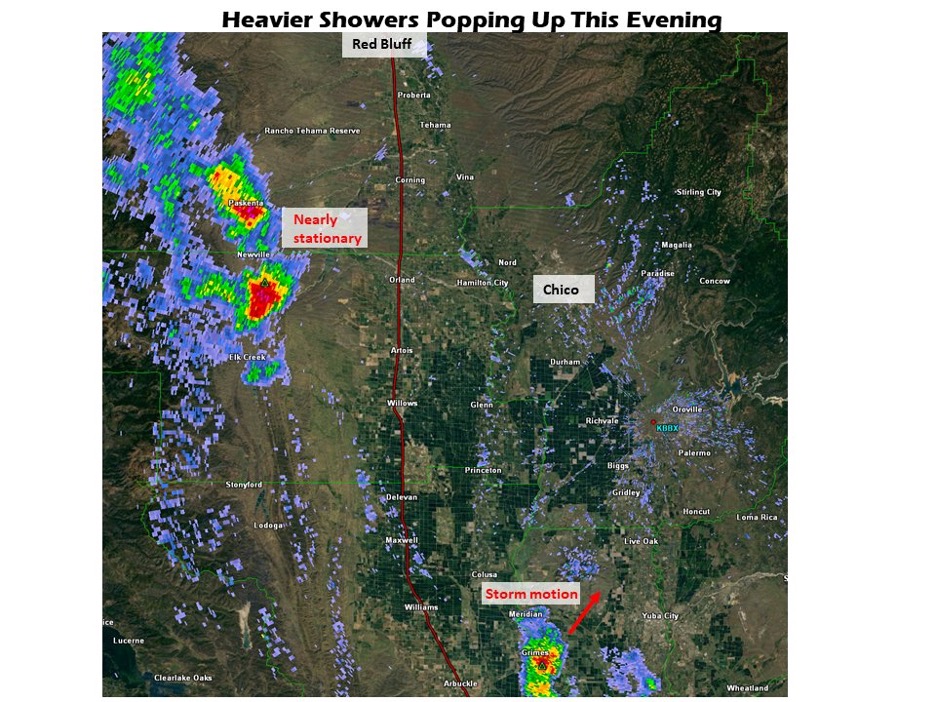
The Sacramento Valley saw several small rain storms roll through in late May and early June wetting the landscape and providing small amounts of runoff. Every little bit of rain, runoff, and turbidity in the river water all help boost survival of the baby salmon exiting the valley at this time of year.
After a relatively calm March, April and early May, northwest winds finally kicked up over the ocean in late May and into June, pumping the food chain, to the delight of newly arriving baby salmon. Masses of krill (great food for all salmon) were reported near the Farallon Islands, out of Bodega Bay, and near Pt. Arena. No doubt more krill developed elsewhere, as evidenced by sighting of blue whales in many places off the California coast. Blue whales are known to heavily favor krill as their primary food source.
Commercial troll caught salmon in demand, market problems fail to materialize
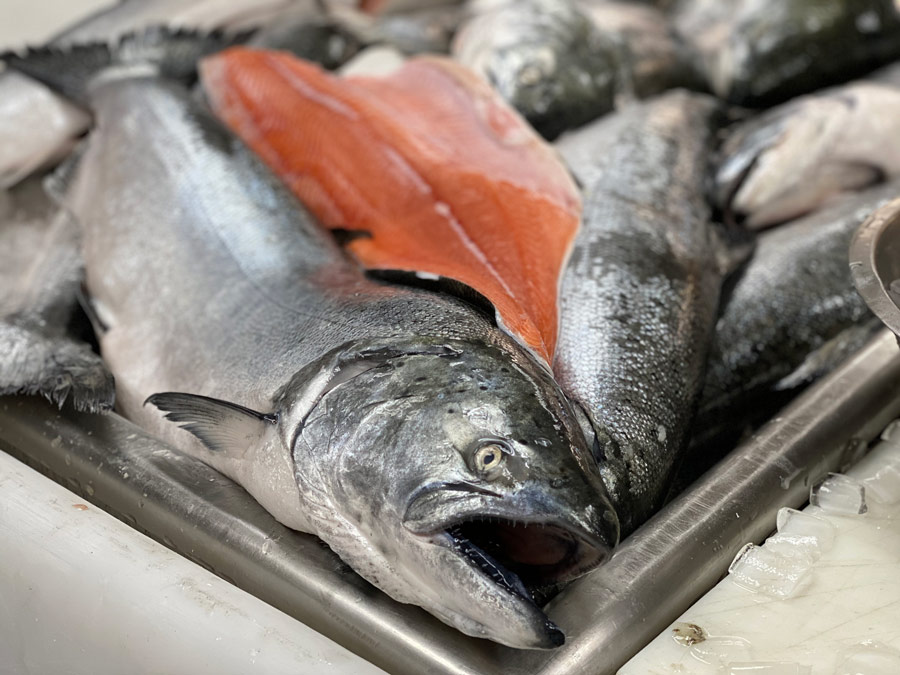
Concern that commercial salmon fishermen and women would be looking at low prices this year due to the loss of the normal restaurant market haven’t materialized. Wild caught Golden State Salmon has been in hot demand with the market, so far, not being able to get enough. Prices to the wholesale seafood buyers have hit over $9/pound. Fishermen in Half Moon Bay have sold fish to the public off the dock at $12/lb. The Alaska Copper River fishery, which opens in May and sometimes affects the salmon market competitively, so far has failed to produce any sizeable volume this year.
Commercial trollers have had decent fishing when the wind has laid down. On the sport side, some big fish have been taken this year including several over 30 pounds and at least one over 40.
GSSA launches fundraising effort to counter loss of revenue from Covid-19
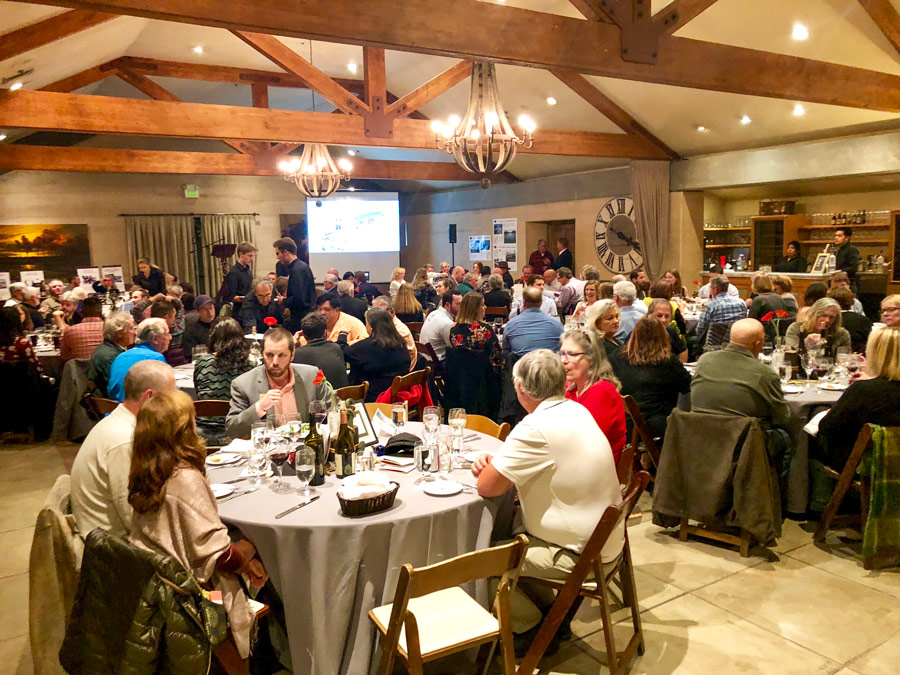
Throughout our history a significant percentage of GSSA’s revenues have
been from fundraising dinners. With the virus shutdowns, we had to postpone our
annual Santa Rosa fundraiser, the biggest of the year, and same for the annual
San Francisco fundraiser. It’s not clear when or how we can reschedule them.
Many of you would have attended one of those dinners and gotten an annual
membership as part of the price of admission. We’re asking you to
instead renew
your annual membership. If you aren’t out of work and able to do
so, to consider making an additional
donation.
Why renew? Because GSSA is the only all-sector salmon group, representing both sport and commercial salmon fishermen and women and related businesses, to:
- Successfully go to court to stop overly-aggressive water diversion and pumping
- Get the biggest salmon hatchery in the state to experimentally truck fish to a release site aimed at doubling survival of the fish
- Get the state to fund two new tanker trucks to increase survival of hatchery salmon
- Convince the state to agree to nearly double the number of fish released near the ocean, greatly boosting survival
- Lift a lockdown on efforts to fix a major hot water problem in the FeatherRiver
- Get the CA Dept of Water Resources to pick up its fair share of hatchery costs to relieve the funding burden from the CA Dept of Fish and Wildlife
- Get federal funding directed to eradicating major predator problems
- Protect Sacramento River winter flows by stopping the raising of Shasta Dam
Last year, with only two paid staff members and two part-time freelance consultants, we accomplished all of this to keep salmon in the picture for you and everyone else here in California. Much of this work will go on for years before we see the full benefits but we’re in for the long haul. That’s why we’re reaching out to you, making our situation known, and asking you to renew your membership and consider making a donation to keep this effort afloat. Consider it an investment in you and your family’s future and, it’s tax-deductible since GSSA is a federally recognized non-profit organization.
Fishing clubs helping to raise strong fish
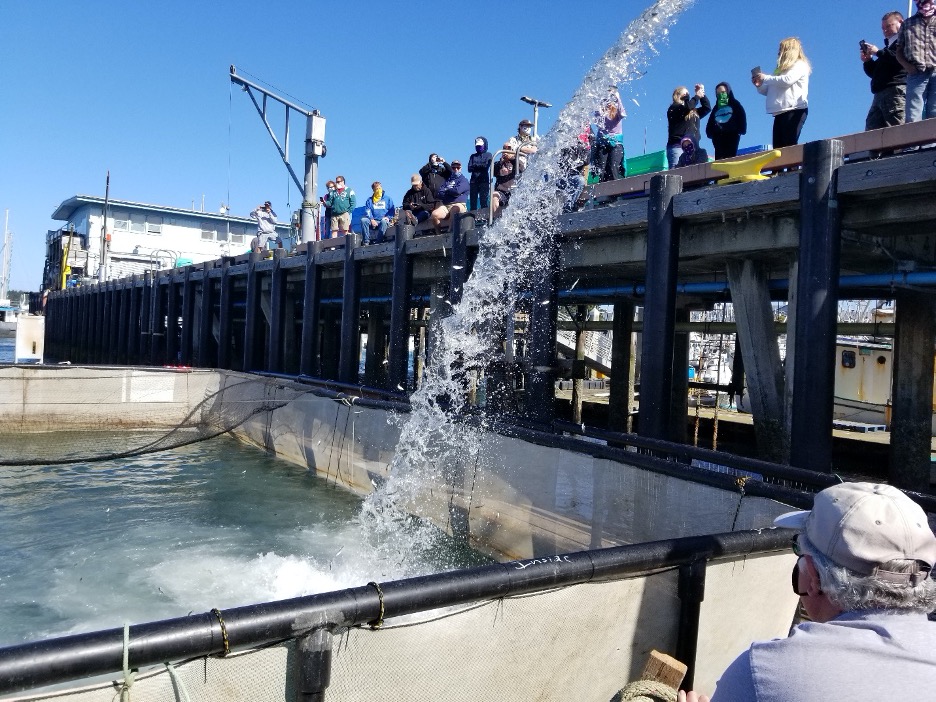
As always a special thanks is due the volunteers from the Coastside Fishing Club for their annual construction and operation of the Half Moon Bay net pen. The “barn raising” effort to construct the net pen occurred the first weekend in June and the net pen received its first batch of what will be 750,000 baby salmon on June 7.
The fish acclimated and released from the HMB net pen survive at very high rates because they get to “ease in” to their new saltwater environment for days before being released into the wild where they’ll spend their next two years. Two year after release, many of these fish swing by HMB on their way back to the Central Valley as adults. This provides special fishing opportunities for sport and commercial fishermen and women outside the harbor as well as an established group of bank fishermen who have figured out how to catch them inside the harbor. Thanks Coastside!
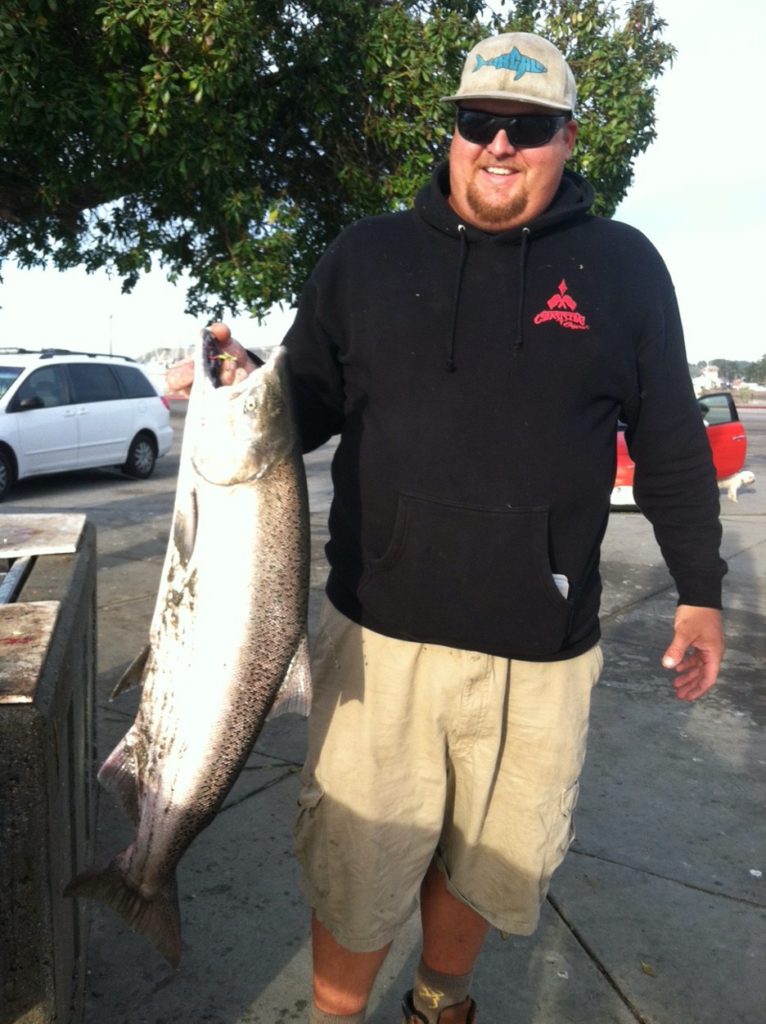
Meanwhile the Monterey Bay Salmon and Steelhead Project, working with the Mokelumne hatchery, helped get 320,000 baby salmon released into Monterey Bay this year. Half were released directly into the ocean from the Santa Cruz pier, the other half were released from the Monterey Muni Wharf pier. Both releases happened under cover of darkness to avoid bird predation. Mokelumne hatchery officials say survival of fish released this way is likely close to fish released into acclimation net pens and later released. Unlike fish held for days in net pens prior to release, the fish released directly into the ocean aren’t expected to develop any instinct to return to the release location. Thanks Monterey Bay Salmon and Trout Project and Mokelumne hatchery!
